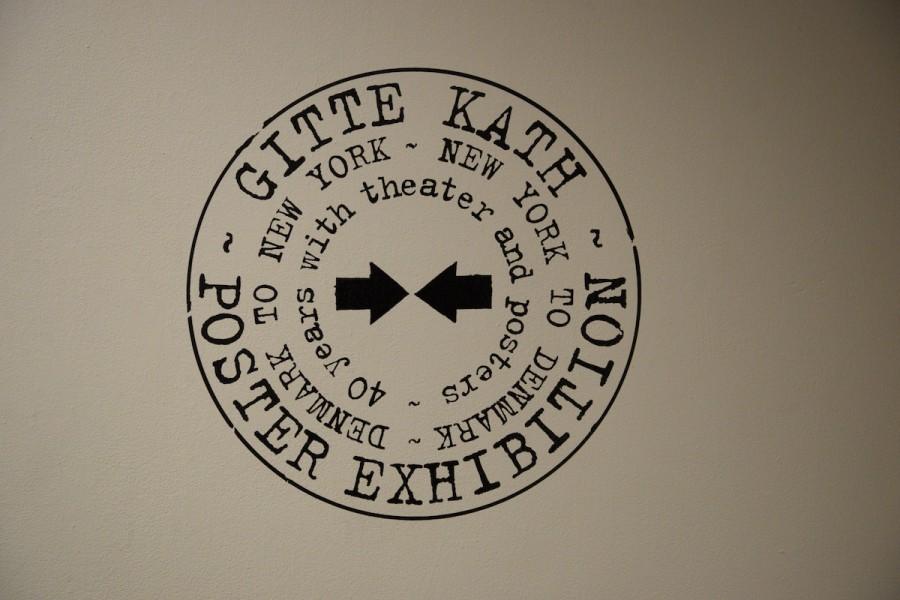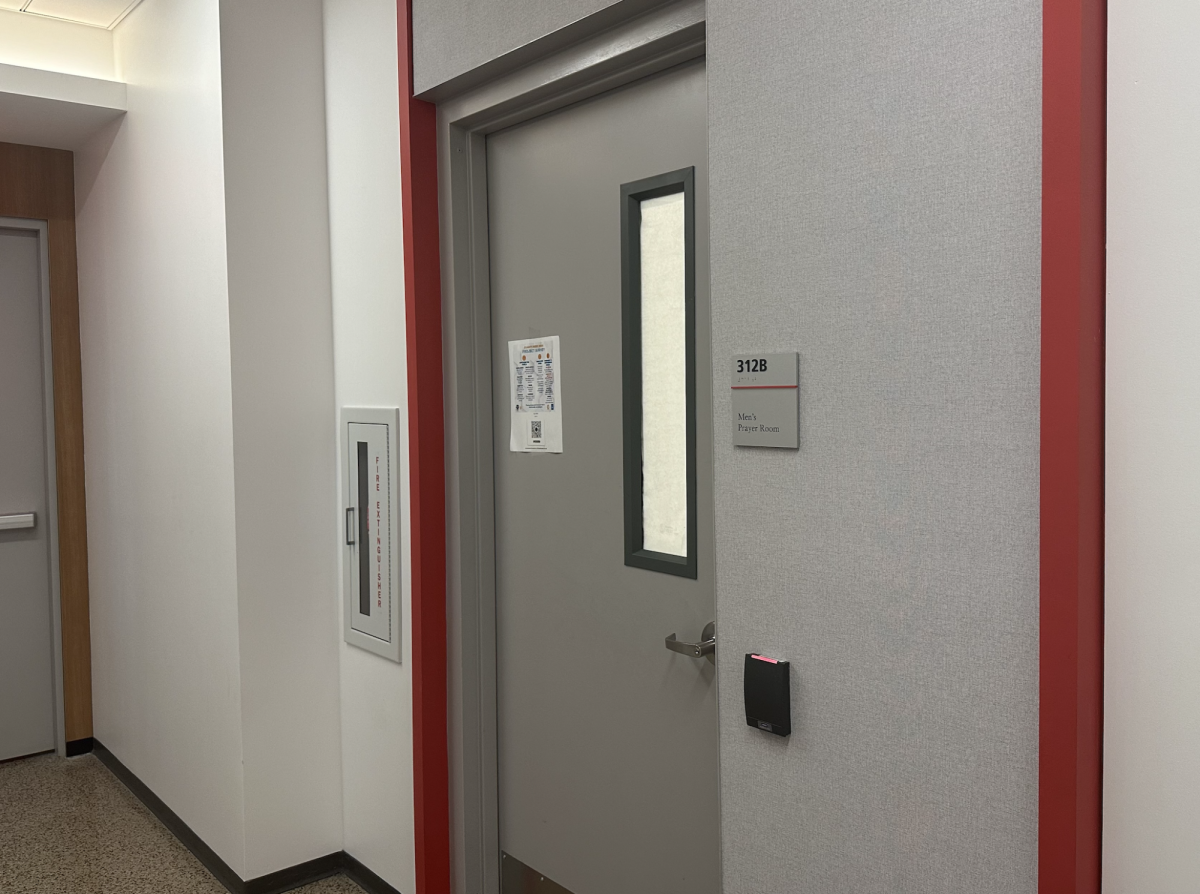A typewriter is old, loud and does not have a delete button. So, what’s its use? To some, it symbolizes the good old days. For others, it is very “hipster,” authentic and retro. However, many consider it to be completely, utterly and solely a piece of useless waste.
That is not the case for Danish artist, Gitte Kath. For Kath, the typewriter symbolizes 40 years of work creating simple yet inspiring posters. The typewriter is Kath’s weapon that she uses to bind together her rustic style and accentuate her signature minimalism.
Gitte Kath’s collection, from Denmark to New York, is comprised of 40 years of poster making. The posters are based on an array of events including theater performances, concerts and award shows. They showcase the work of an artist of great complexity with, ironically, basic imagery.
With the use of simple mediums, such as white walls, wooden doors and small props, Kath’s humble designs let the posters stand out among thousands of images displayed on the streets of Denmark.
However, with “Metaphoric imagery, cryptic subjectivity, and wealth of associations and references they do not lead themselves to being decoded at a glance,” Lars Dybdahl, Curator of the Danish Museum of Art and Design, said about Kath’s work of art on “Between Proximity and Distance Narratives With Objects, Gitte Kath’s Posters.”
Her pieces are rich with symbolism, reflecting each theatrical narration and Kath’s life of artistic ability.
Having several pieces tied together to form the complete poster, Kath provides meaning and reflection to each aspect of her work—either by incorporating the white paint marks or decaying props.
Kath was able to create everything on her own from scratch, from the plain walls to the final poster. Even some of the props used as decoration were created by her, such as the 1994 poster, “The Story of a Girl Theater,” where she physically made a stencil of the Star of David and tied white cloth around it to capture her photo. She then pasted it to a painting of a young lady with yellow tape at the bottom and finalized it with white paint marks and her signature typewriter. These bits and pieces are crucial in understanding not only the plays being portrayed, but also Kath’s history of artistic potency.
As a set designer and stage director the “poster acts/serves as the ‘poetic voice’ of the play,” Dybdahl said. These messages are interrelated with the narrative luring audiences to the stage.
Kath aims for a textual feel that, according to her, “adds depth” to the overall message.
“It means that you can keep exploring, delving into the figurative universe of the poster and stage productions,” she said. The posters provide an intimate peek of the play allowing for the audience’s interpretation.
Each piece dives into the life of Kath as a student of textile design, a set designer, stage director, poster artist, playwright and graphic designer. She embodies a plethora of artistic skills that come together in all of her creations.
“You can see versatility in someone creative that hasn’t compromised her style,” director of the Dr. M. T. Geoffrey Yeh Art Gallery, Parvez Mohsin, said. Mohsin also said that she is an artist that “crosses boundaries” and that her “poster sets a tone for her graphic design, theater, activism, vision of the world.”
Kath’s posters are more than just invitations to theatrical performances; they are individual stories. Each one, though associated with different dramas, tells the story of the simply talented poster designer, Gitte Kath.
















